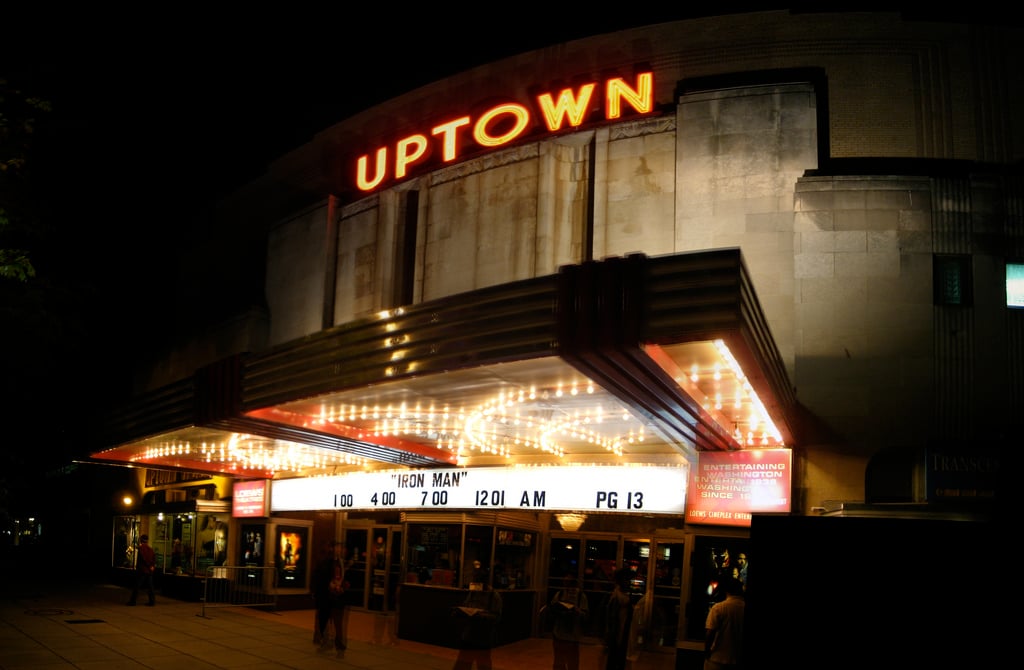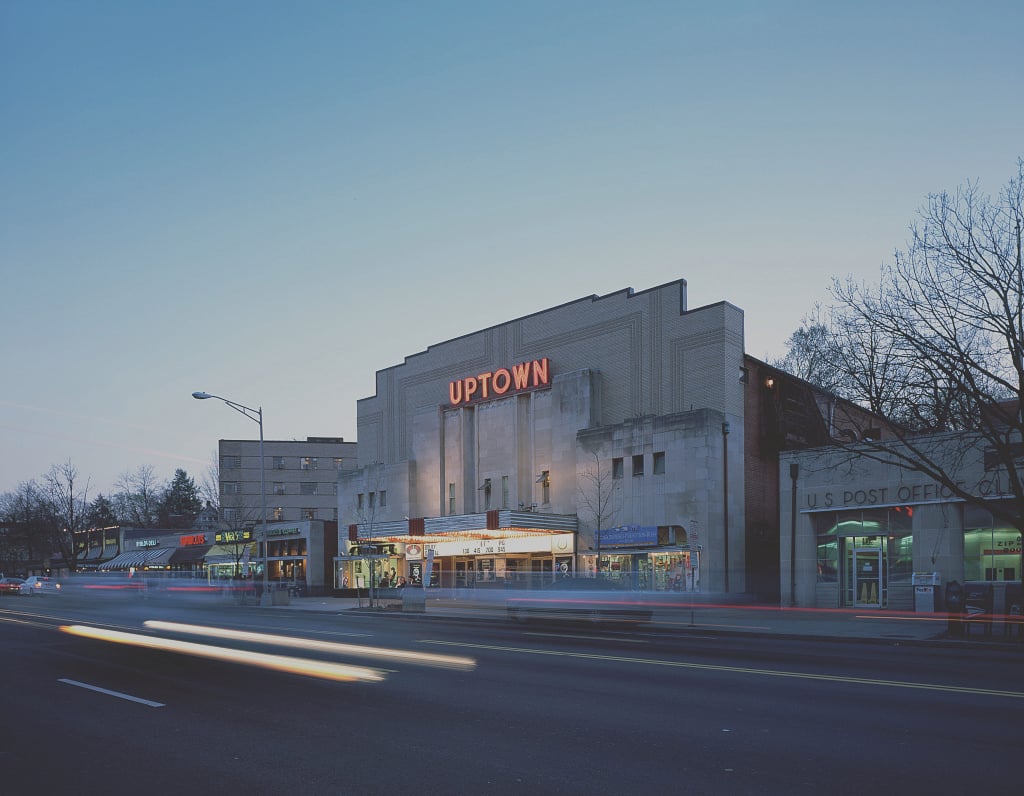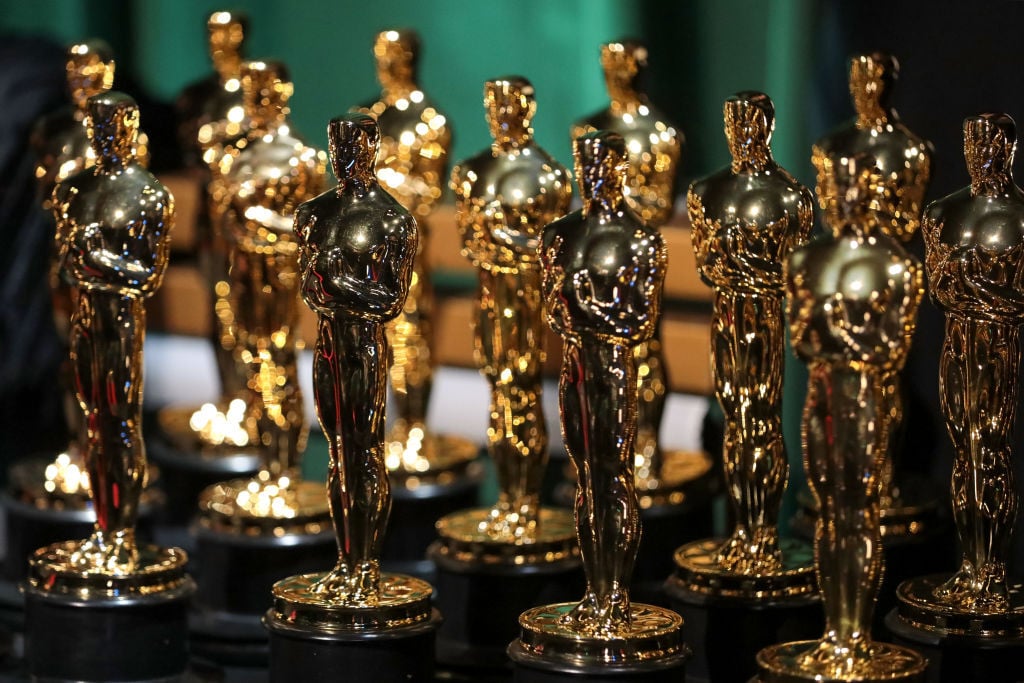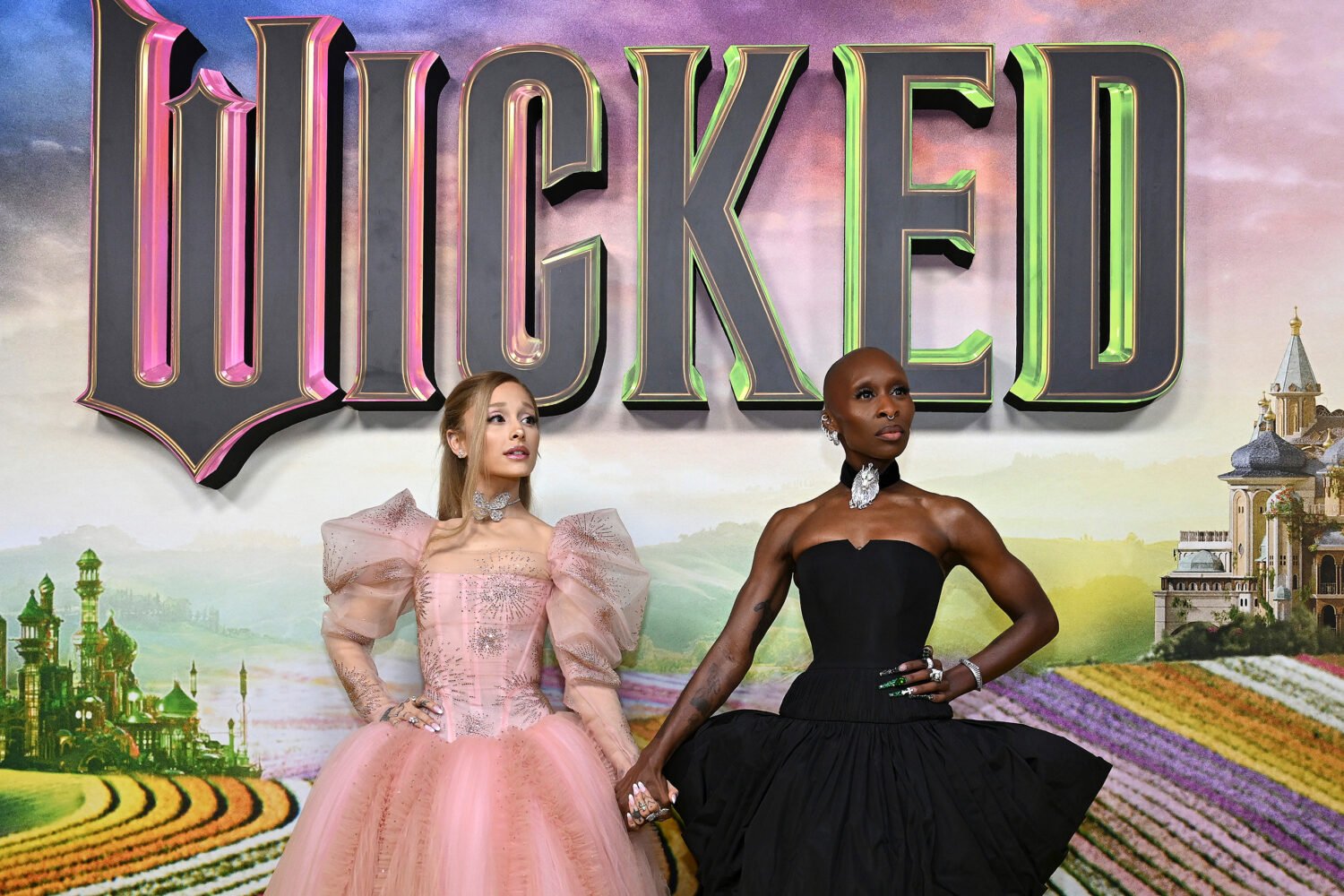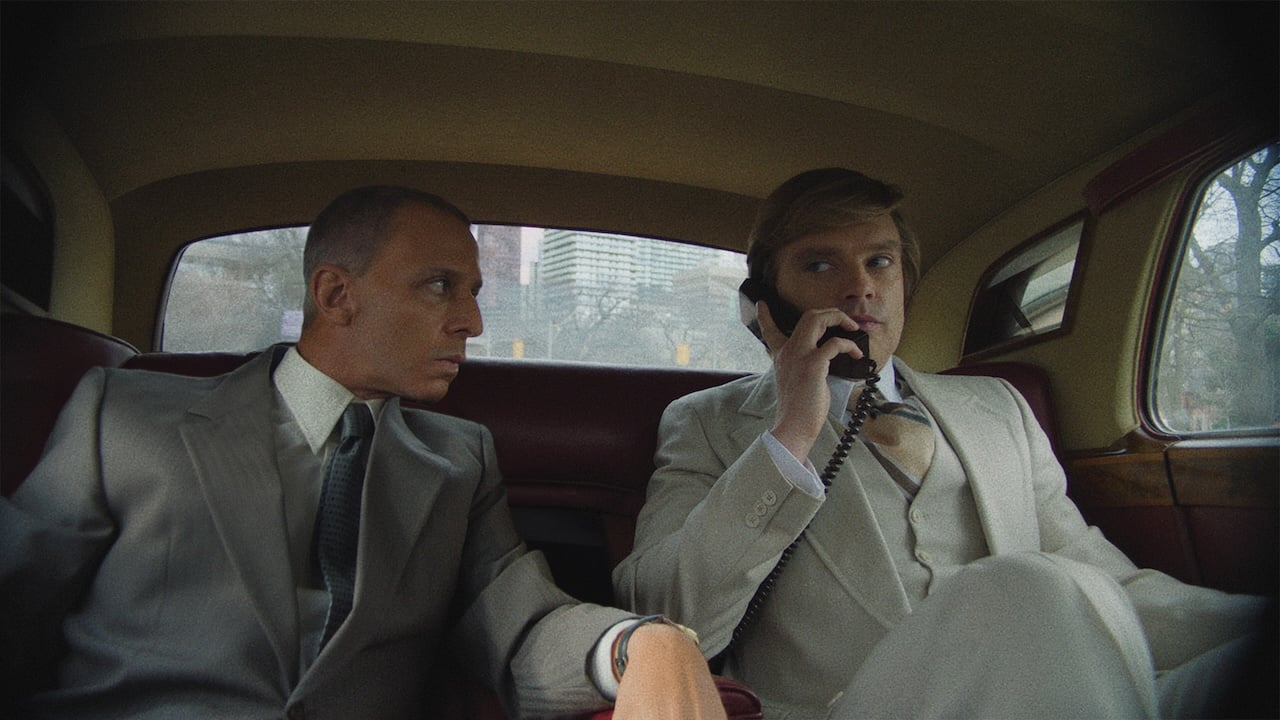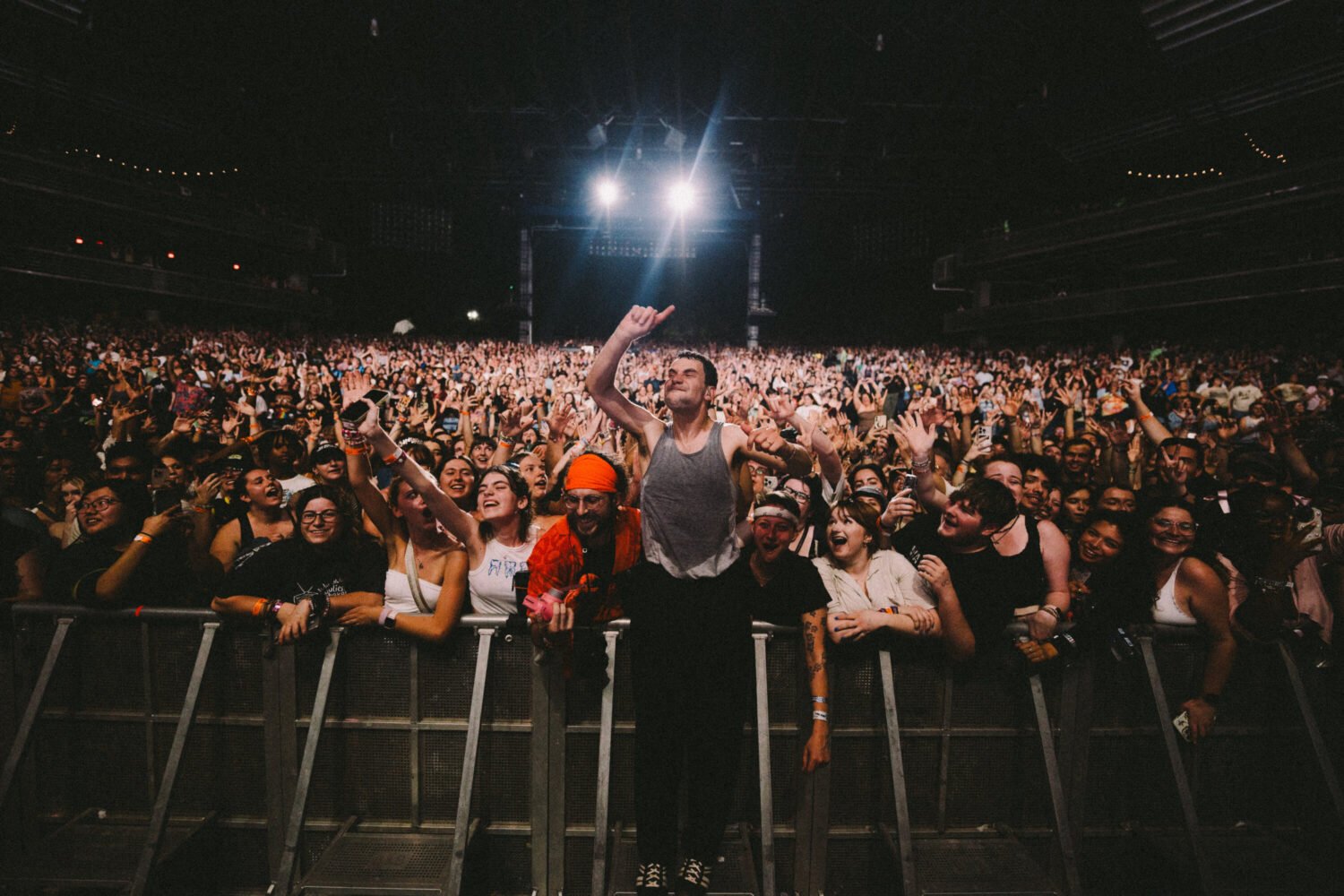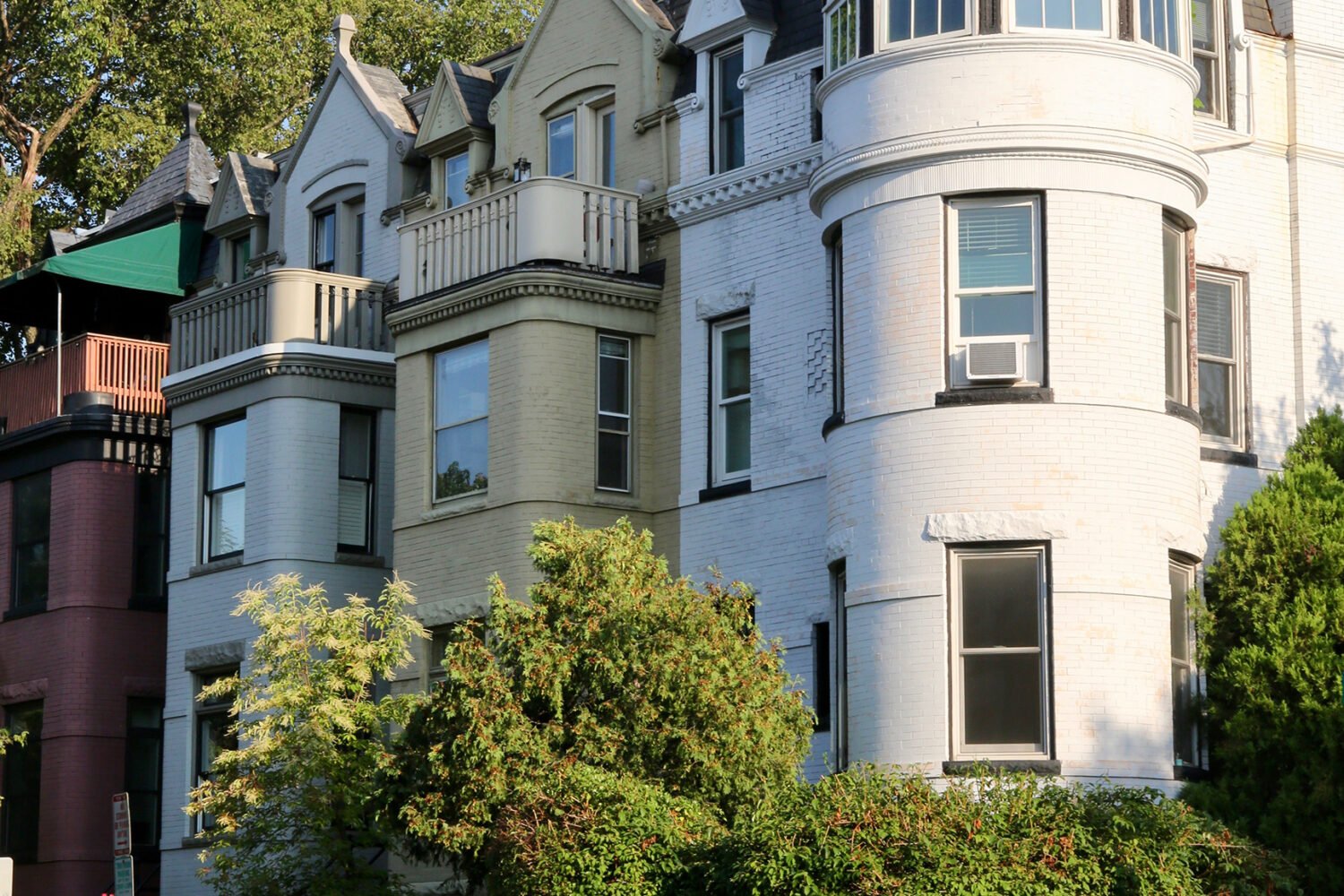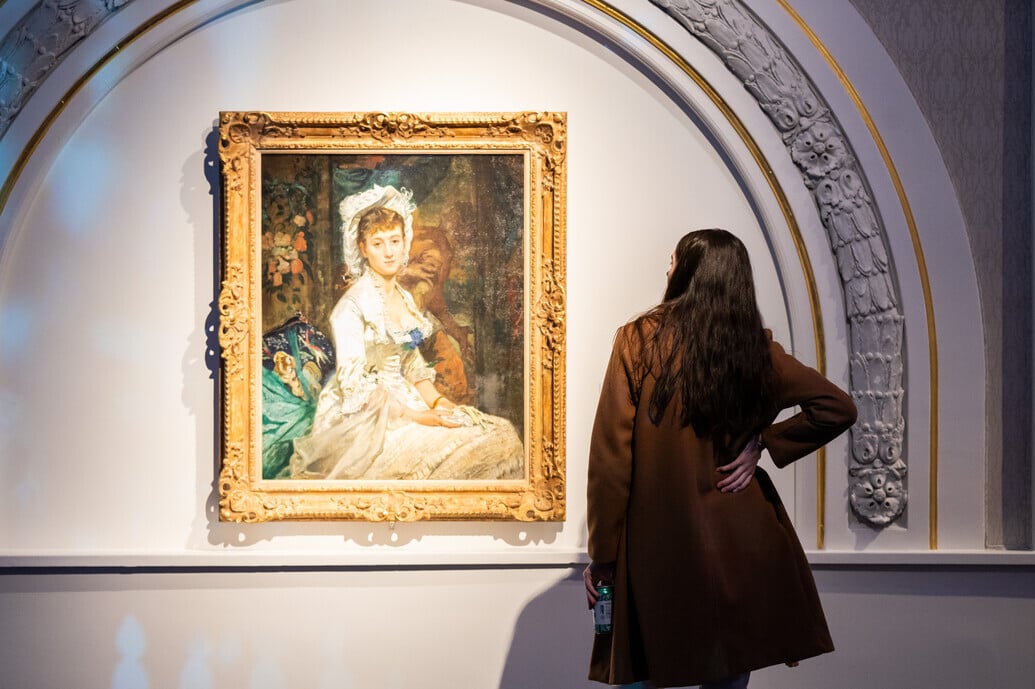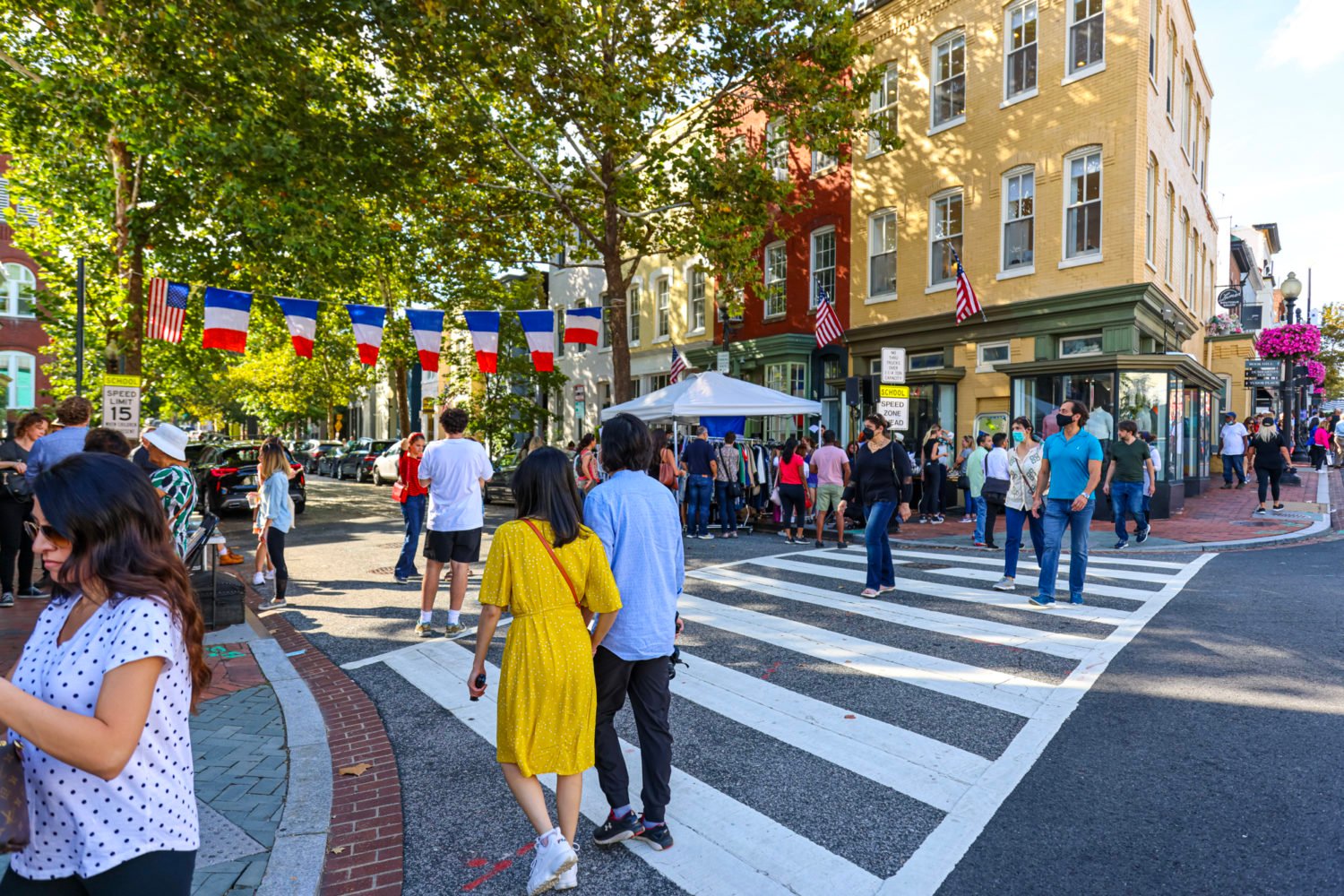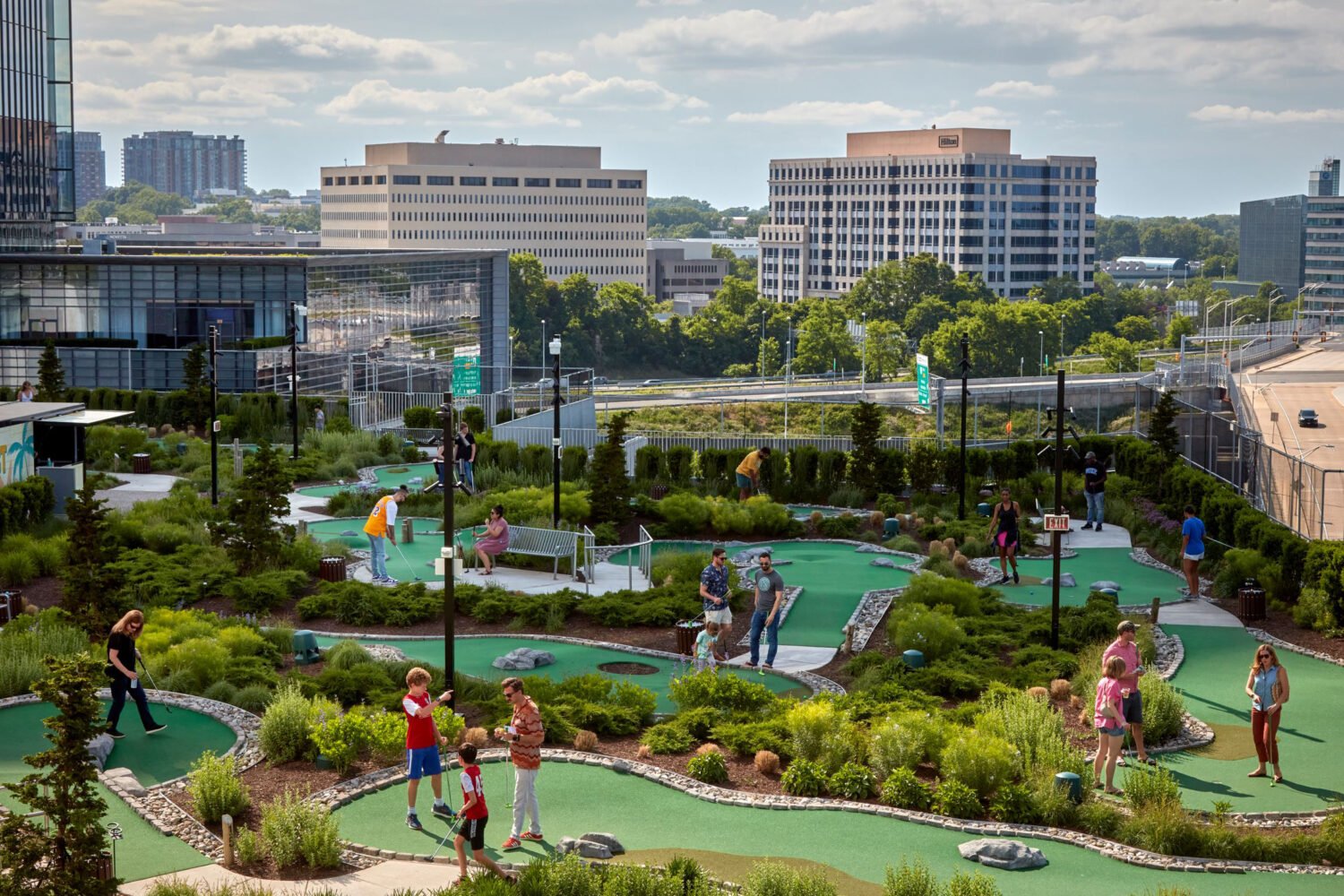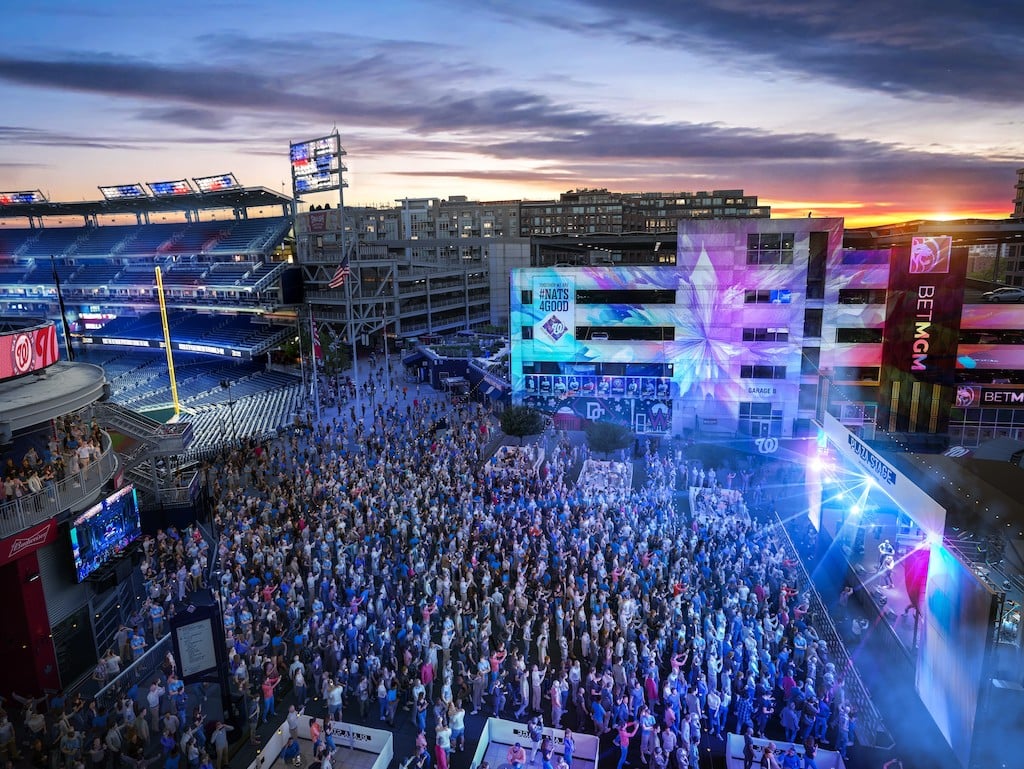Cleveland Park residents celebrated a small victory on Monday when AMC Theatres canceled its plans to remove the Uptown Theater’s classic signage from the Connecticut Avenue Art Deco landmark in exchange for a corporate logo. While the Uptown has endured renovations over the years–and seen the coming of going of many neighboring businesses–its outer appearance has remained constant. But it’s far from the only old theater sign to grace a DC building. If you look carefully, these vestiges of bygone eras are everywhere. Below, a few of our favorites.
Avalon Theatre
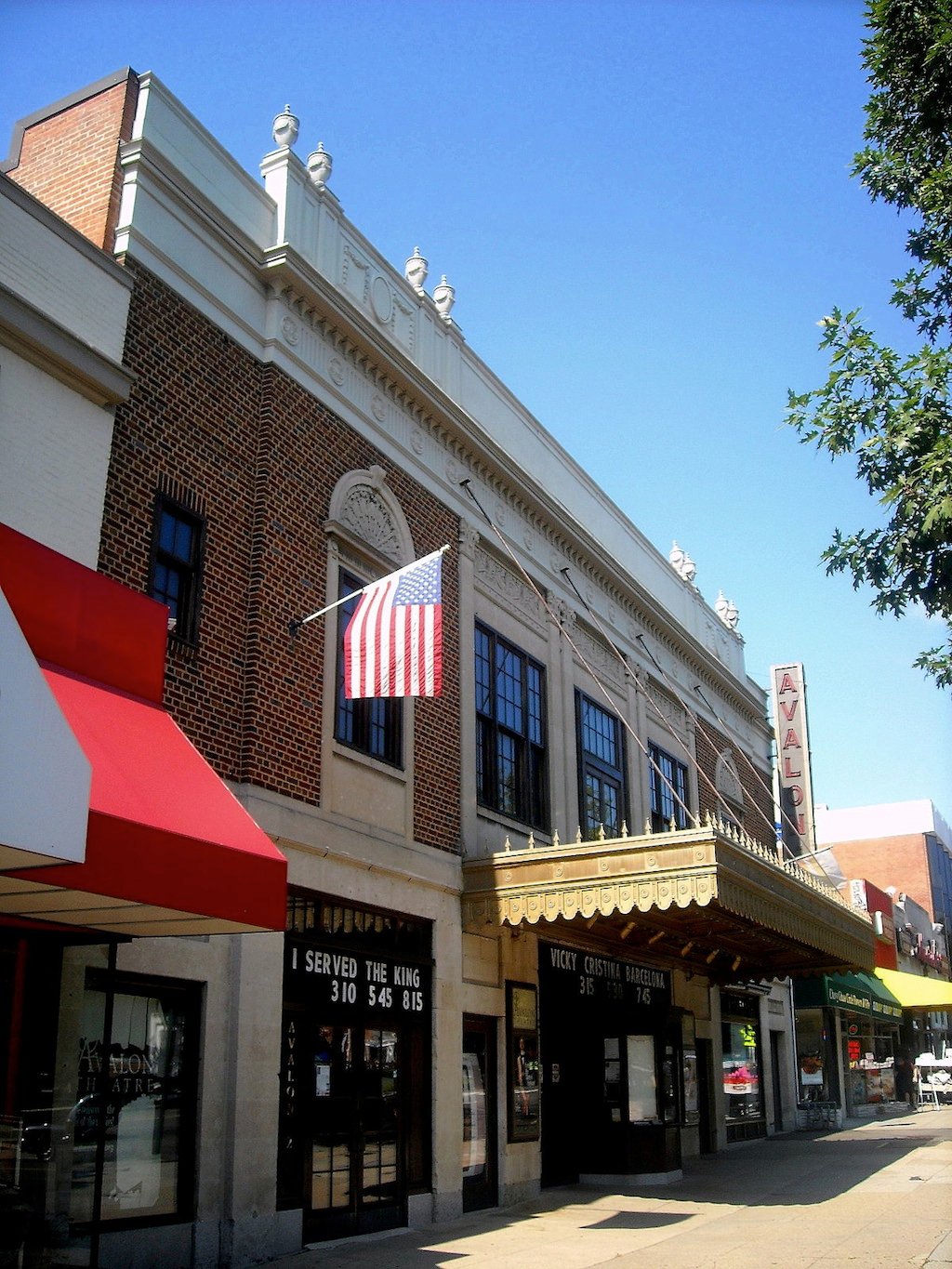
The Avalon Theatre in Chevy Chase, which opened in 1923, is the city’s oldest continuously operating movie theater. Although it closed in 2001, members of the community formed the Avalon Theatre Project and raised funds to reopen the theater two years later. The theater’s Classical Revival design has changed little, and the Adam-esque details and red signage will look familiar to anyone who grew up in the area.
Atlas Performing Arts Center

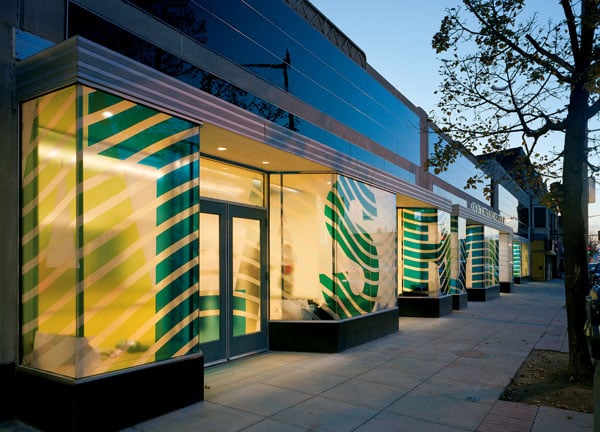
The Atlas was built in 1938 by John Zink, a prolific DC architect who designed several other theaters on this list. After riots broke out in the city following the assassination of Martin Luther King, Jr. in 1968, H Street was devastated, and the Atlas fell into disrepair. It reopened in 2006 as a performing arts center, and retained its Art Moderne facade.
Dunbar Theater
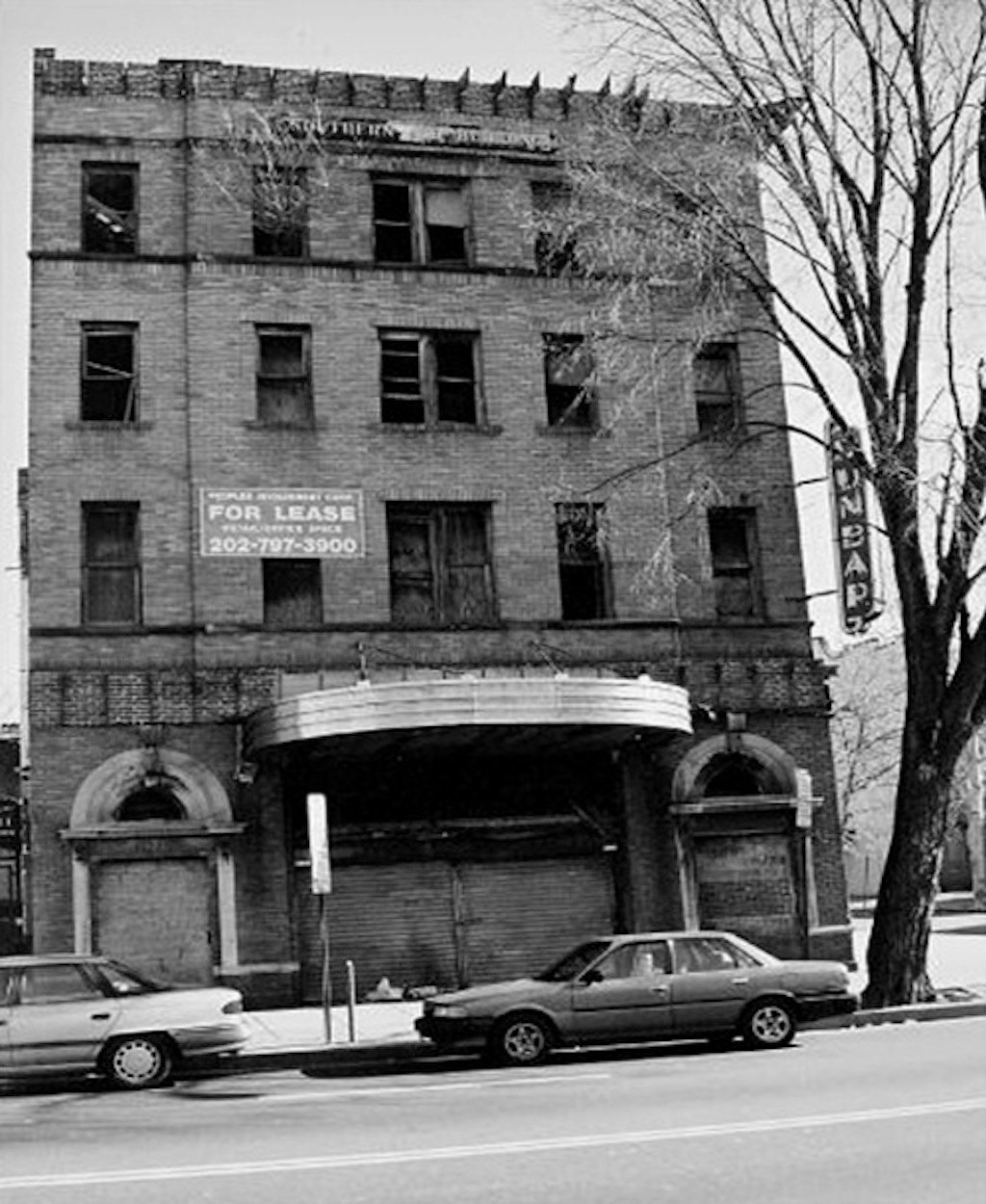
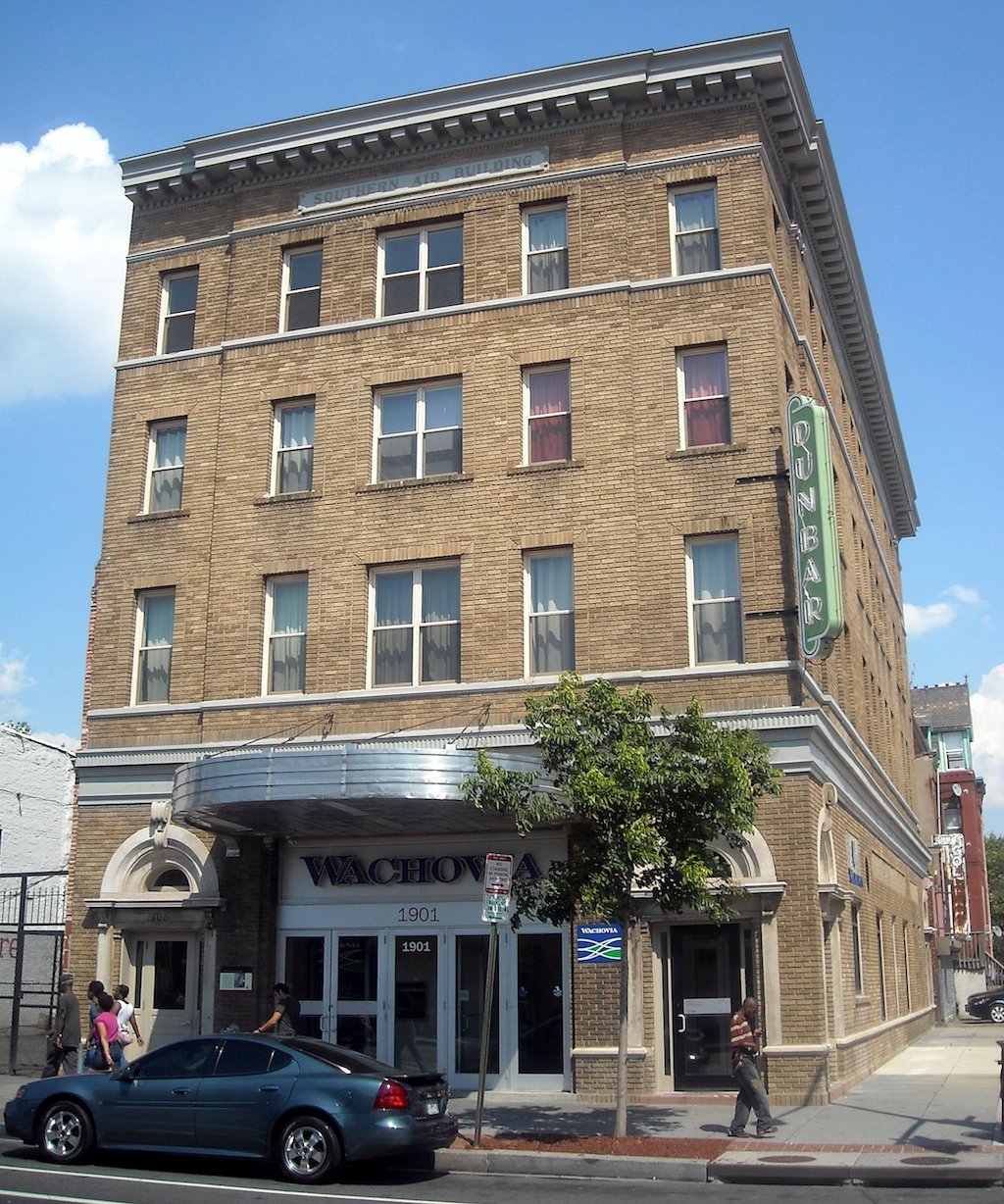
While the Wells Fargo on the corner of 7th and T is relatively unassuming, look up and you’ll see the old Dunbar Theater marked by green signage on the side of the building. The theater was built in 1921 and housed the Southern Aid Society and showed films and plays before closing in 1960.
Howard Theatre

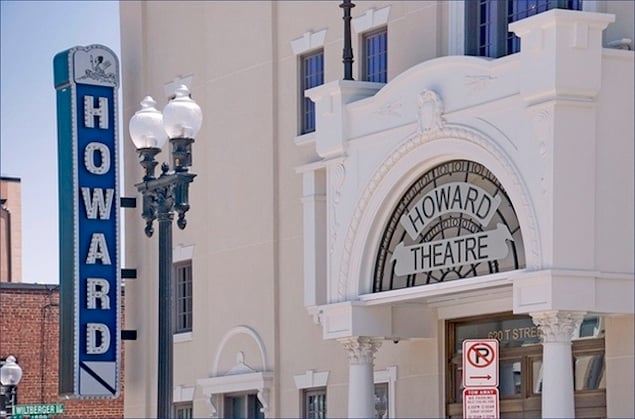
Built in 1910, the Howard was the first theater intended for African-American audiences in DC. Called “The Theatre for the People” by the Washington Bee, the Howard hosted talent such as Duke Ellington and Booker T. Washington. The venue closed in 1980 and fell into decay, but re-opened in 2012 after a long renovation that preserved its historic entrance.
Lincoln Theatre
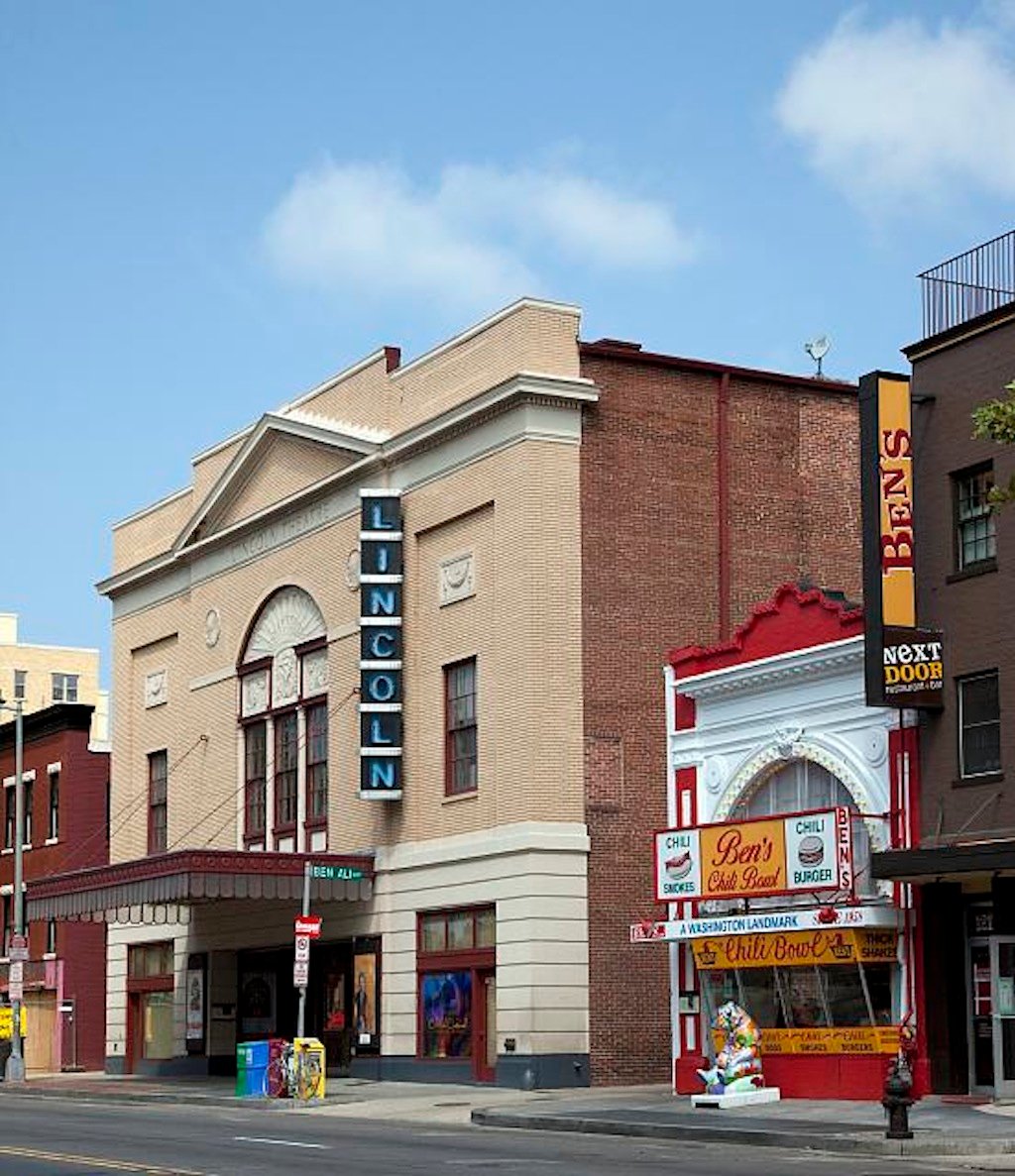
This U Street landmark is one of the few 1920s theaters that survived decades of change in DC. In 2012, Seth Hurwitz’s company, I.M.P., took on the Lincoln as a new venue. While the Lincoln once welcomed the likes of Ella Fitzgerald and Billie Holiday, today, it hosts artists such as the Kooks, Blind Pilot, and Matisyahu. Its neoclassical facade, as well as its brightly lit signage, hearkens to its 1920s design.
MacArthur Theater
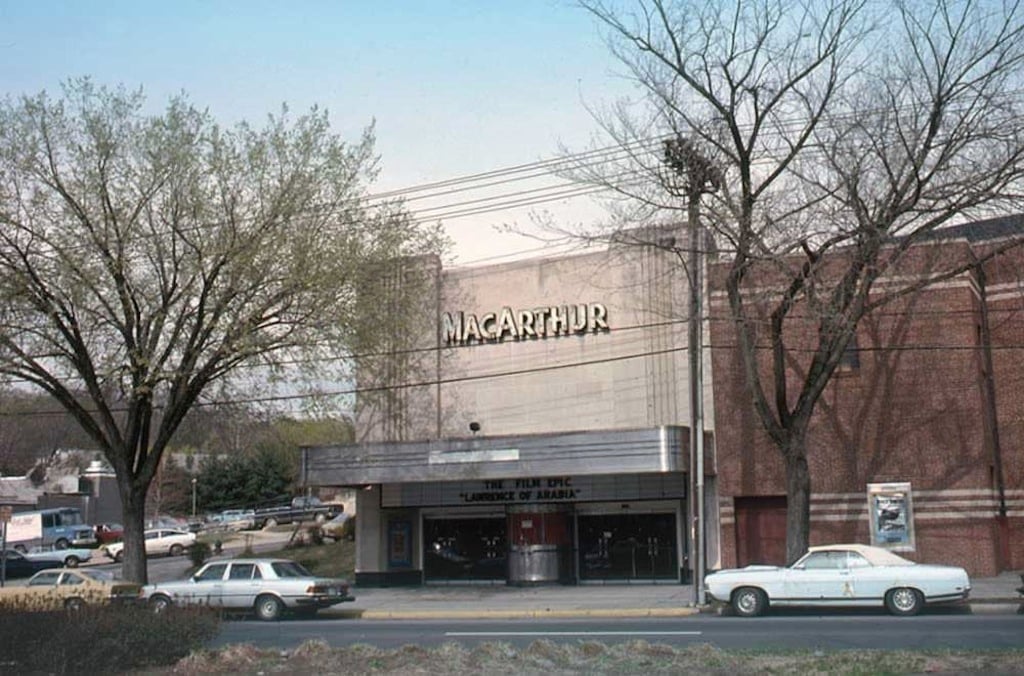
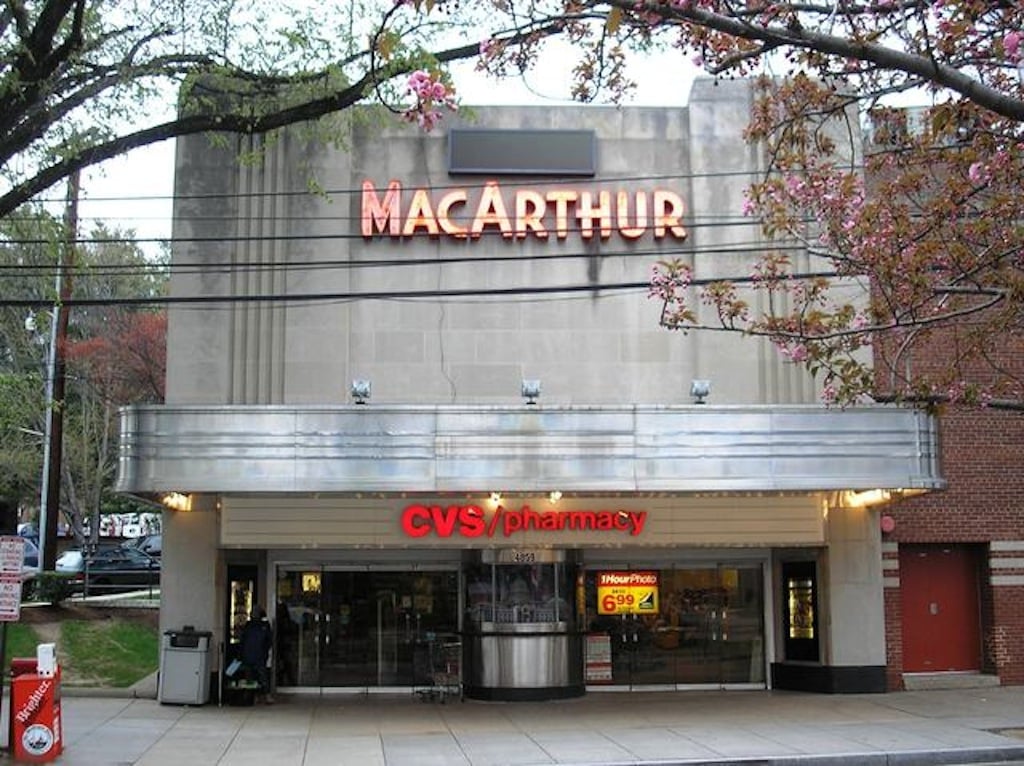
This theater, located in the Northwest DC neighborhood of Palisades, was built in 1945, right at end of World War II, by John Zink. Like many of Washington’s former movie houses, the MacArthur is a CVS today. But residents haven’t lost all memories of the theater–it was even featured in “Going To the Movies,” an oral history project produced by the DC Independent Film Festival a few years ago.
Newtown Theatre
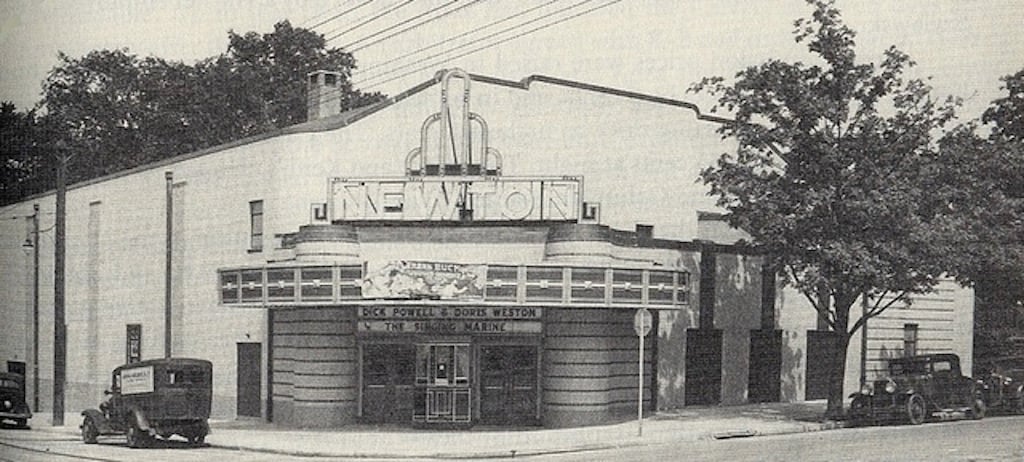
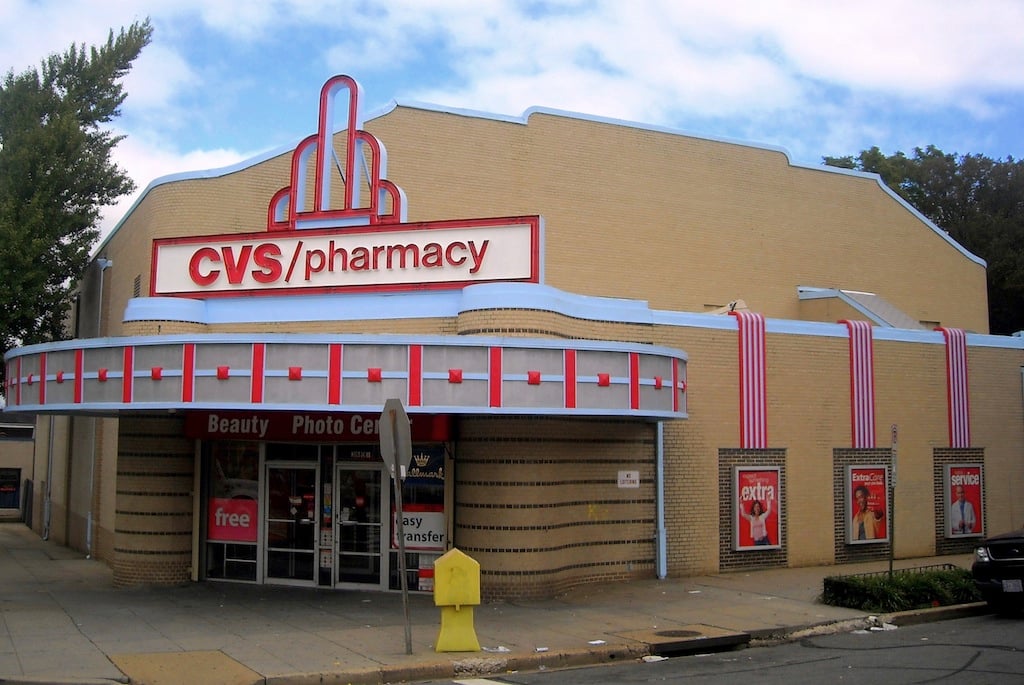
Like the MacArthur Theater, this Brookland landmark was also designed by Zink. And, like the MacArthur, although it’s retained its exterior, it’s also now a CVS. When it first opened in 1937, the Newton sat 1,007 people, and was part of a thriving commercial district on 12th Street. As the years passed, white flight occurred and the neighborhood lost revenue and residents. The theater closed in the 1960s.
Senator Theater
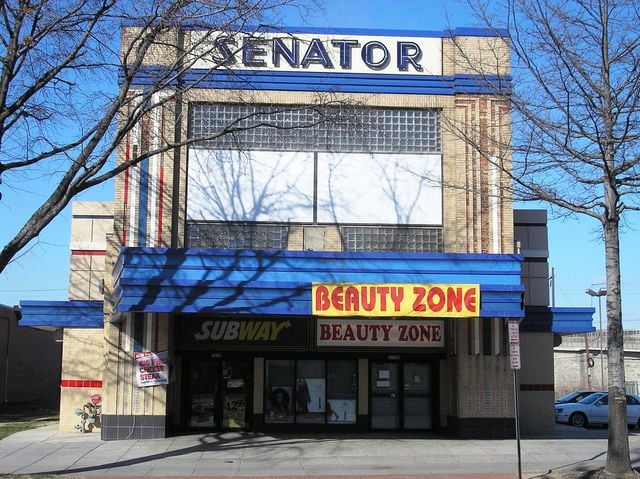
The Senator is yet another Zink design that didn’t survive as a theater. Built in 1942, the theater’s exterior features buff brick and glass block. While the auditorium has since been demolished, the neon signage remains. A Subway and a Beauty Zone now occupy the space.
Strand Theater
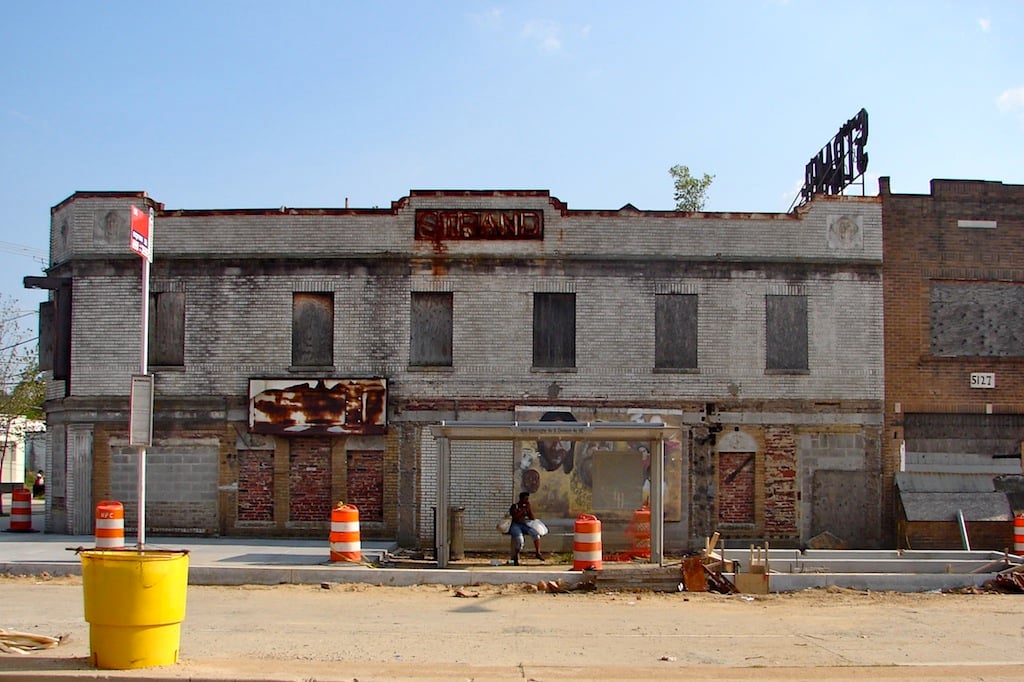
The Strand was the first theater built east of the Anacostia River for African-American customers. For more than 40 years, the theater was an important gathering place for the community. Its owner, Abe Lichtman, was a strong advocate for racial equality, and made a point to hire African-American staffs and sponsor recreation activities for youth in the area. Today, it sits abandoned.
Tivoli Theatre
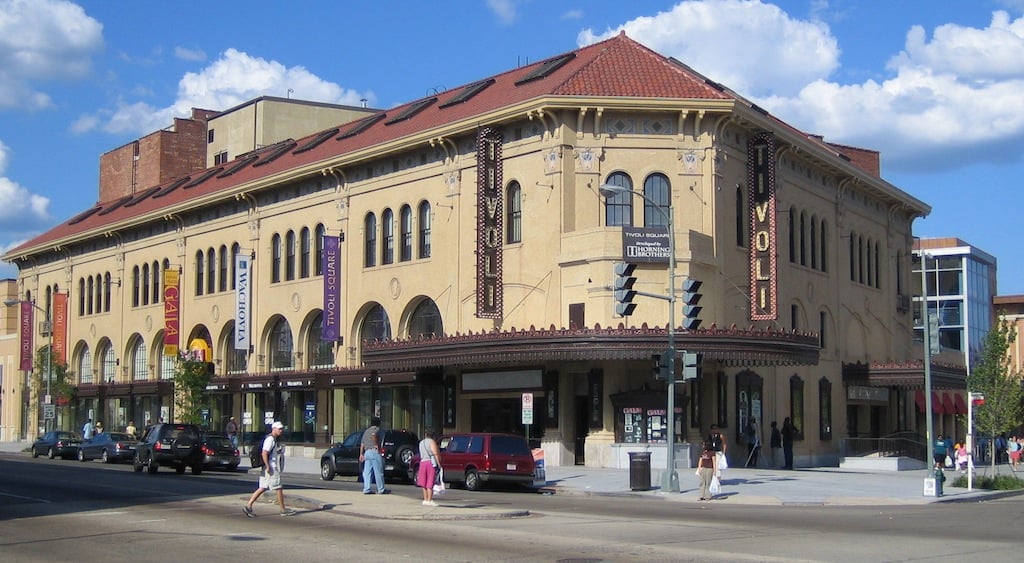
Built in 1923, the Tivoli is a Columbia Heights landmark. For 41 years, it’s been the home of Gala Hispanic Theatre, but has always kept the historic look.
Warner Theatre
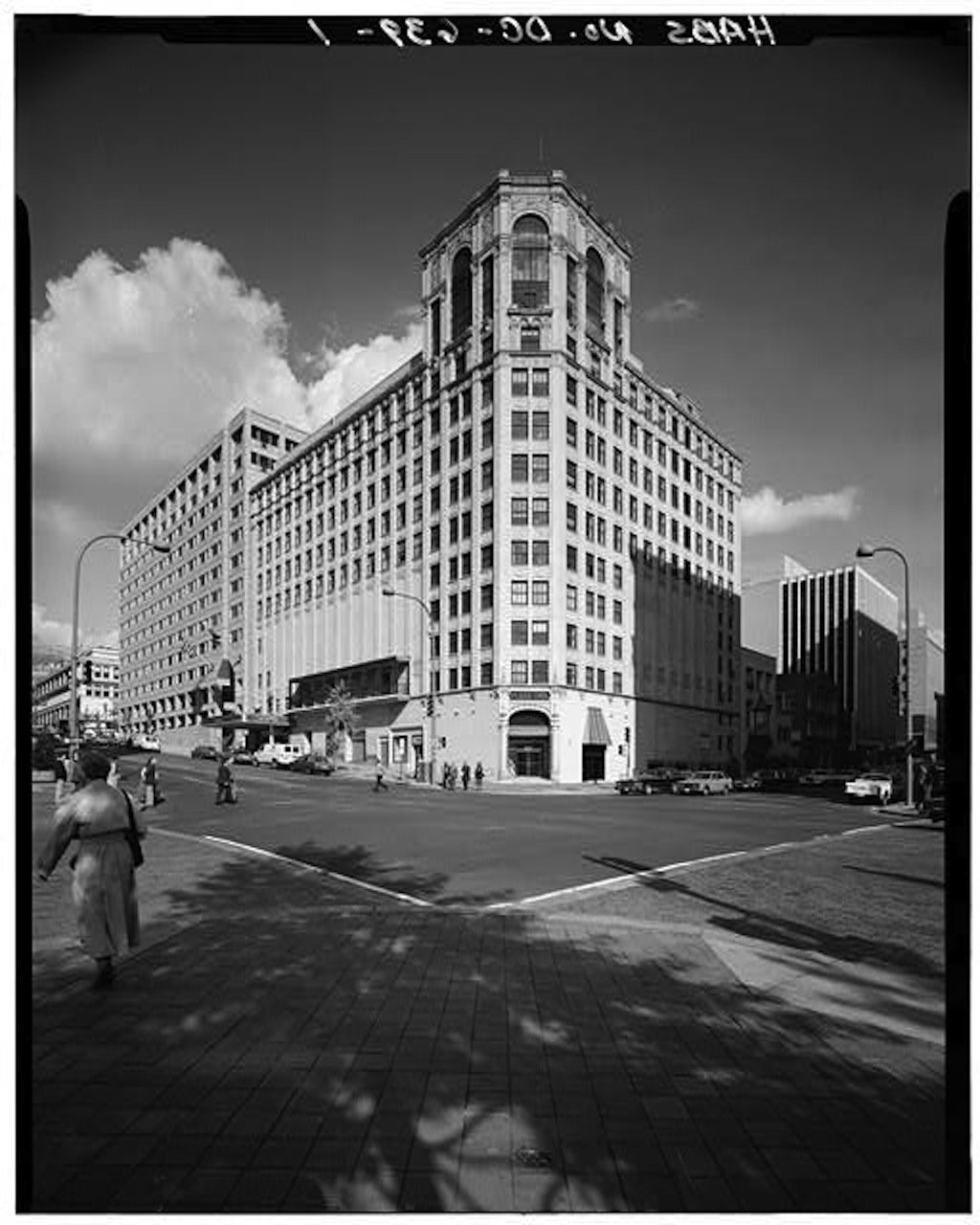
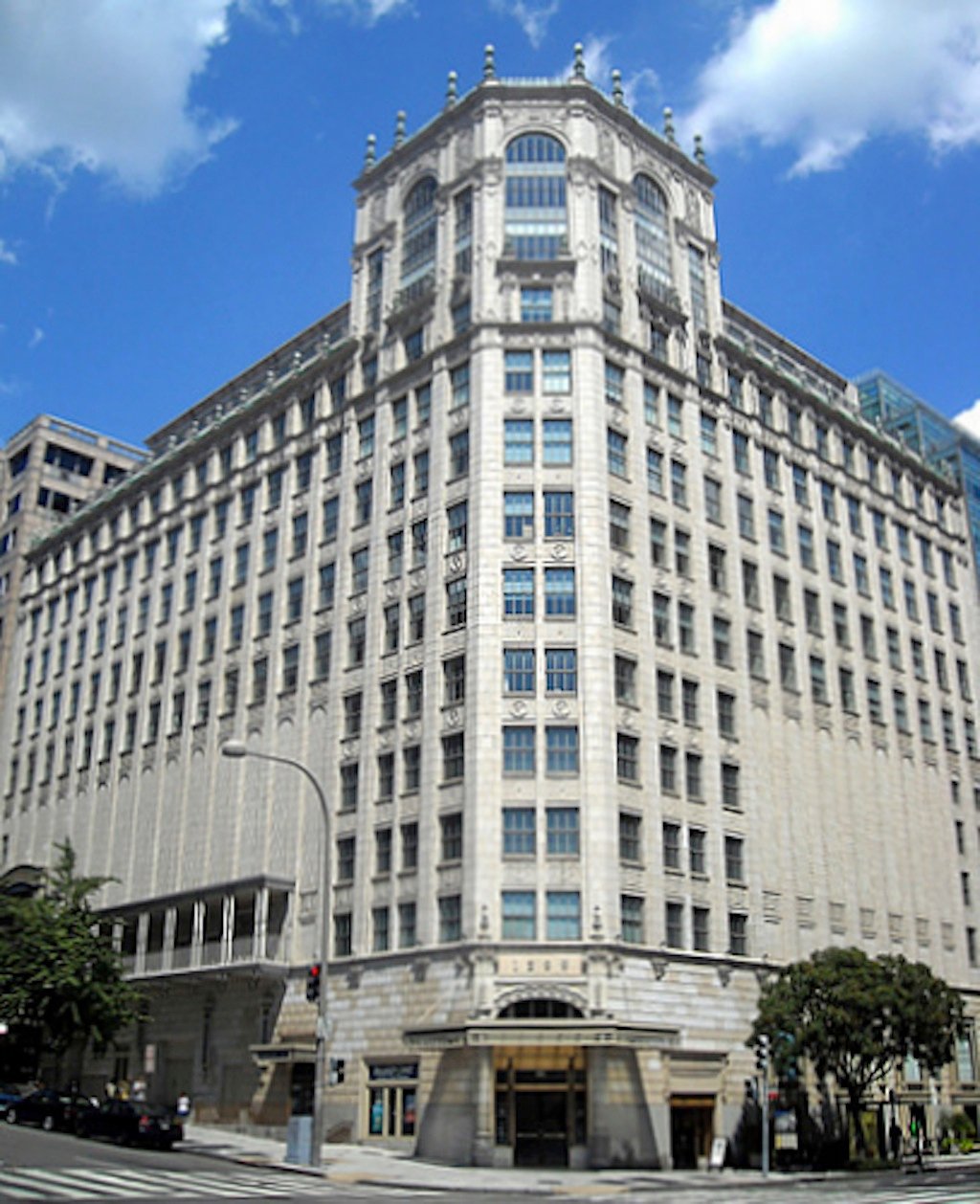
The exterior of this venue in Penn Quarter has changed little since it opened in 1924.

